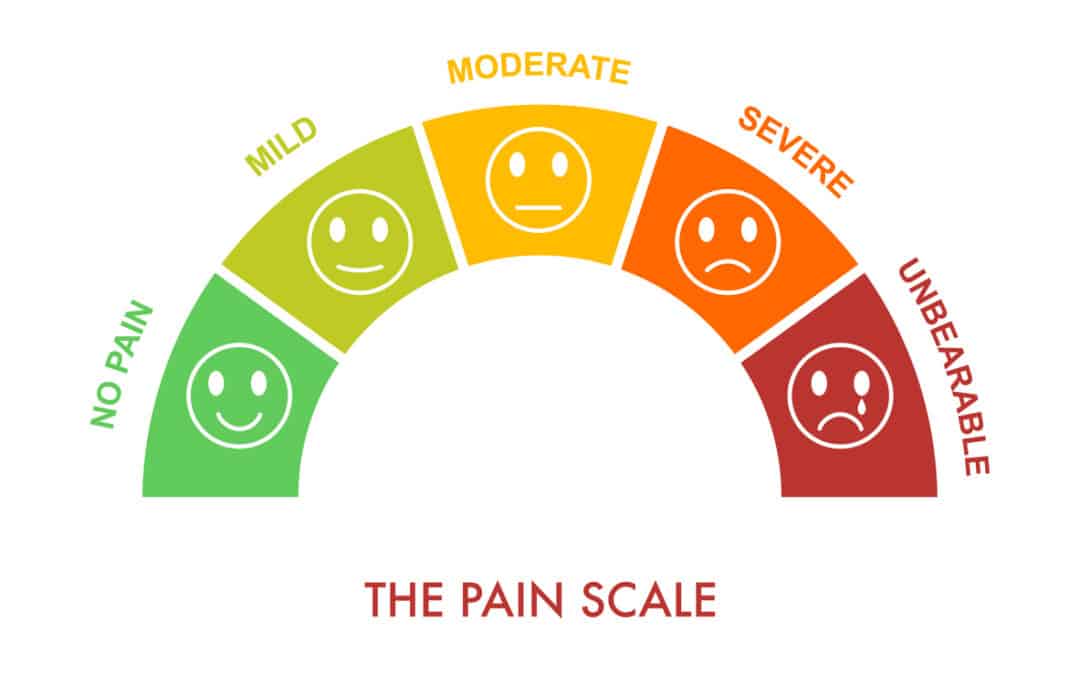Insect Sting Index – When it comes to spending time in the great outdoors, getting stung by an insect usually isn’t on your to-do list. From bees and wasps to fire ants and mosquitoes, stinging insects have a knack for turning a serene soak in the sun into a cloudy day with a chance of pain. But what if we told you that getting stung by a boatload of bugs was actually at the top of someone’s agenda? Enter Dr. Justin O. Schmidt.
In 1983, Dr. Schmidt—an American entomologist and stinging insect enthusiast—set out to discover personally just how painful stings were from some of the most common insects in the Animal Kingdom. (Can you say taking one for the team?) While the concept of pain is subjective, Dr. Schmidt was determined to discover a meaningful way to measure pain inflicted by stinging insects—and that’s how the Schmidt Sting Pain Index was born.
Ranging from 1 to 4 (with 1 being “mild” and 4 being “severe”), the Schmidt Sting Pain Index gave each venomous sting a numerical rating, as well as a brief sting assessment that described the type of pain Dr. Schmidt felt. Below we have detailed a few of Dr. Schmidt’s most interesting encounters while documenting his pain index, giving you a first-hand look at the damage these fear-inducing insects can cause.
A Brief Look at the Schmidt Sting Pain Index
Ready to live vicariously through Dr. Schmidt’s stinging insect encounters? Sit back, buckle in, and be thankful none of these insects are stinging you!
Pain Level 1 – Sweat Bee

Sweat Bee
Sweat bees are attracted to human perspiration, which is how they got their unique nickname. However, these bees only sting when they are disturbed or threatened. Dr. Schmidt describes their sting as “light, ephemeral, almost fruity. A tiny spark has singed a single hair on your arm.” Doesn’t sound all that bad, right? Let’s kick it up a notch.
Pain Level 2 – Bald-Faced Hornet

Bald Faced Hornet
Common in the south, the bald-faced hornet doesn’t hold back when stinging its victim due to its aggressive, defensive tendencies. Dr. Schmidt recounts their sting as “rich, hearty, slightly crunchy. Similar to getting your hand mashed in a revolving door.” The only thing that should be rich, hearty, and crunchy is the food on your dinner plate.
Pain Level 3 – Paper Wasp

Paper Wasp
Tennessee is no stranger to paper wasps. These wasps are capable of stinging multiple times, but they are less aggressive than other wasp species. Dr. Schmidt describes their sting as “caustic and burning” with a “distinctly bitter aftertaste.” He goes on to say the sting is “like spilling a beaker of Hydrochloric acid on a paper cut.” Burning, bitter paper cuts? You can count us out.
Pain Level 4 – Pepsis Wasp

Tarantula Hawk
Referred to as the tarantula hawk wasp (this thing seriously preys on tarantula spiders), the pepsis wasp is commonly found in desert settings of the southwest. While we don’t have to worry about them in Tennessee, this stinging insect ranks in the most painful category of the Schmidt Sting Pain Index. Dr. Schmidt vividly explains that the sting from a Pepsis wasp is “blinding, fierce, shockingly electric. A running hair drier has been dropped into your bubble bath (if you get stung by one you might as well lie down and scream).”
Protect Your Tennessee Home or Business from Stinging Insects
If the Schmidt Sting Pain Index has you scared to go outside, trust the experts at U.S. Pest Protection to keep stinging insects away from your home or business. As the number-one pest control provider in Tennessee, we can implement strategic pest management programs to ensure stinging insects aren’t attracted to your property. Schedule your free pest inspection today to avoid becoming the next Dr. Schmidt!
Lastly, if you would like to learn more about the Schmidt Pain index follow us on Facebook! As we post a variety of interesting content daily.

